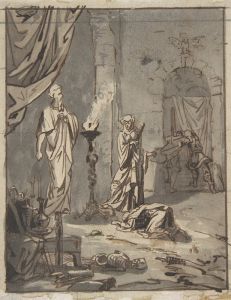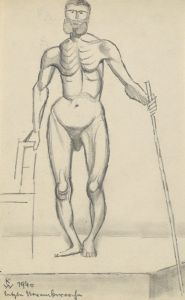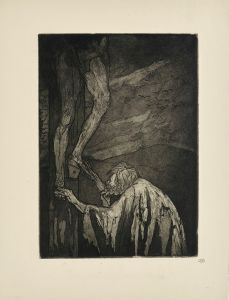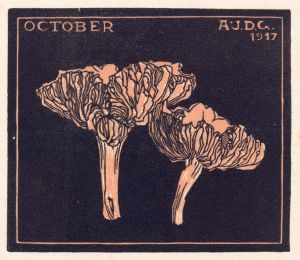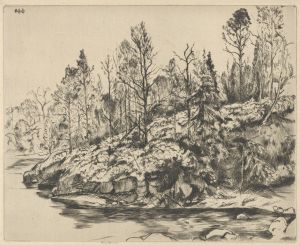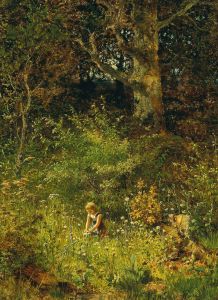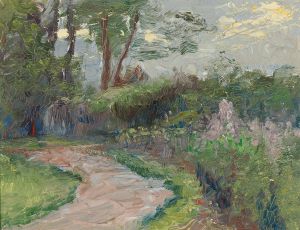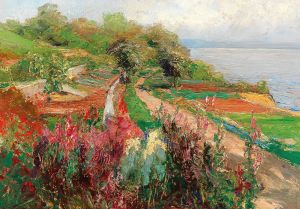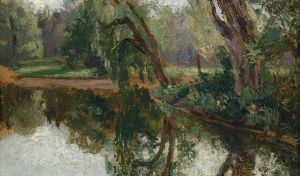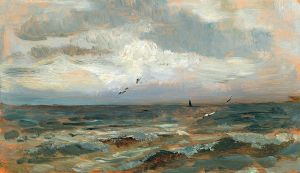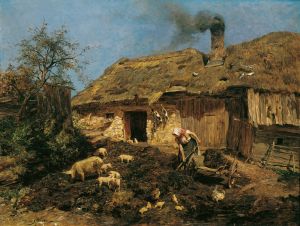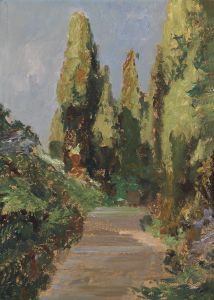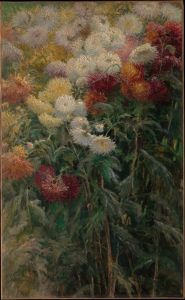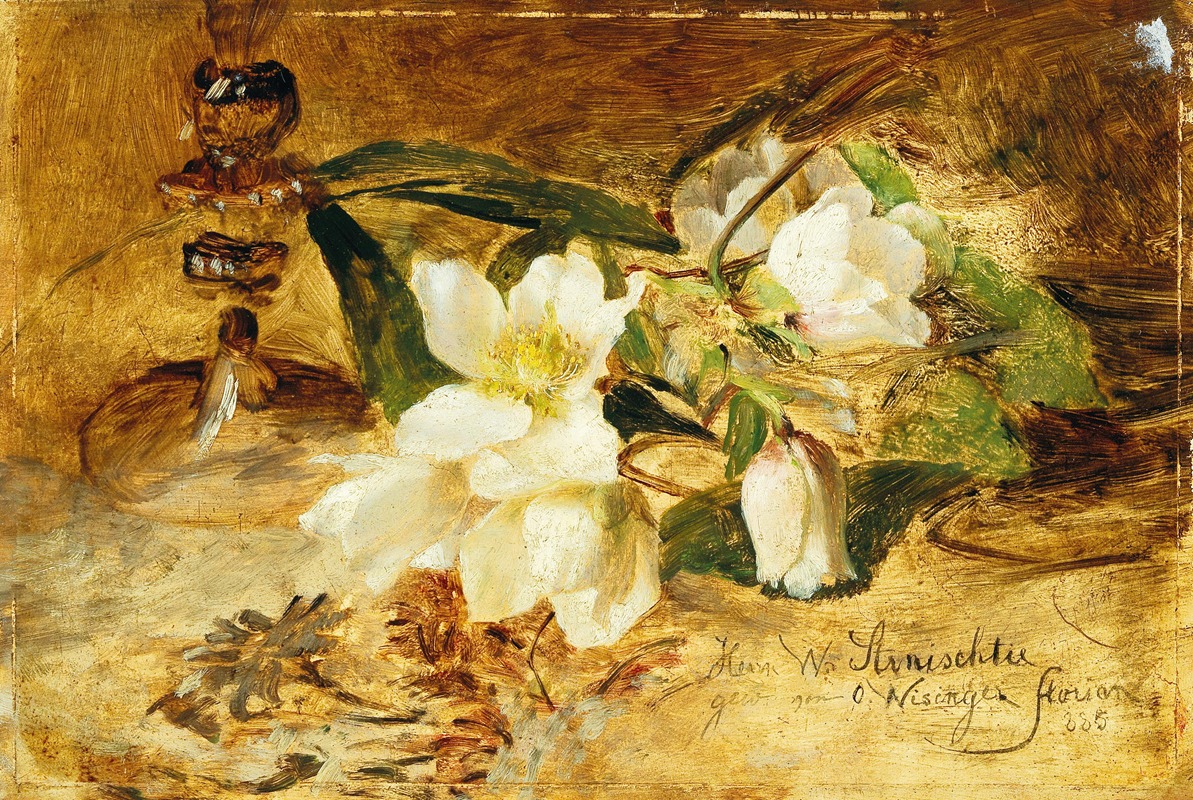
Black hellebore
A hand-painted replica of Olga Wisinger-Florian’s masterpiece Black hellebore, meticulously crafted by professional artists to capture the true essence of the original. Each piece is created with museum-quality canvas and rare mineral pigments, carefully painted by experienced artists with delicate brushstrokes and rich, layered colors to perfectly recreate the texture of the original artwork. Unlike machine-printed reproductions, this hand-painted version brings the painting to life, infused with the artist’s emotions and skill in every stroke. Whether for personal collection or home decoration, it instantly elevates the artistic atmosphere of any space.
Olga Wisinger-Florian was an Austrian painter known for her contributions to the Impressionist movement in the late 19th and early 20th centuries. Born on November 1, 1844, in Vienna, she initially pursued a career in music but later shifted her focus to painting due to health issues. Wisinger-Florian became one of the most prominent female artists of her time, gaining recognition for her landscapes and floral compositions.
One of her notable works is "Black Hellebore," which exemplifies her skill in capturing the delicate beauty of nature. Although specific details about the painting "Black Hellebore" are limited, it is consistent with Wisinger-Florian's broader oeuvre, which often featured detailed and vibrant depictions of flowers and gardens. Her work is characterized by a keen observation of light and color, reflecting the influence of Impressionism, yet she maintained a distinctive style that set her apart from her contemporaries.
Wisinger-Florian was part of a movement in Vienna that sought to elevate the status of women in the arts. During her career, she was associated with the Austrian Association of Women Artists (Vereinigung bildender Künstlerinnen Österreichs), which provided a platform for female artists to exhibit their work and gain professional recognition. Her involvement in this organization underscores her commitment to advancing the role of women in the art world.
The artist's choice of subject matter often reflected her personal interests and the cultural milieu of Vienna during her lifetime. Flowers, in particular, were a recurring theme in her work, symbolizing both the beauty and transience of nature. "Black Hellebore," like many of her floral paintings, likely captures the intricate details and subtle variations in color and form that characterize these plants.
Wisinger-Florian's paintings were well-received during her lifetime, and she exhibited widely across Europe. Her work was included in prestigious exhibitions such as the Vienna Secession and the Paris Salon, where she garnered critical acclaim. Despite the challenges faced by women artists of her era, she achieved significant success and was awarded several honors, including the Golden Cross of Merit from the Austrian government.
Today, Olga Wisinger-Florian is remembered as a pioneering figure in the history of art, particularly for her contributions to the representation of women in the field. Her paintings continue to be celebrated for their technical skill and emotive power, offering viewers a glimpse into the natural world through the eyes of a talented and dedicated artist. While specific information about "Black Hellebore" may be scarce, it remains an integral part of her legacy, reflecting her passion for capturing the ephemeral beauty of nature.





